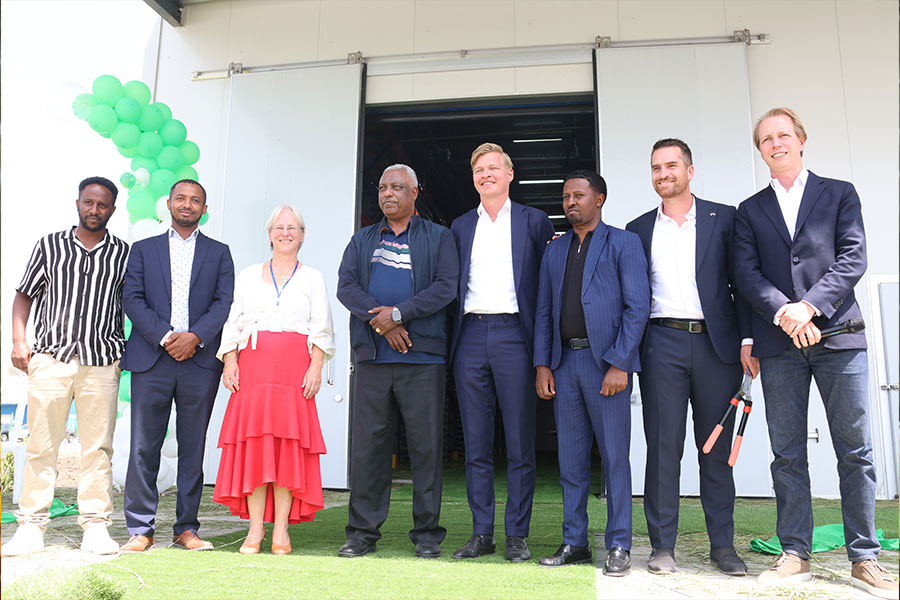
Holland Dairy has officially inaugurated a cold storage facility and commissioned a wastewater treatment plant, marking a significant step forward in its commitment to growth and sustainability. The event was attended by the Mayor of Bishoftu and the Ambassador of the Kingdom of the Netherlands to Ethiopia, showcasing both national and international support for the initiative. The new cold storage facility, with a capacity of over 400,000 liters of yogurt, is designed to enhance supply chain efficiency and ensure consistent year-round availability. This is particularly critical in the local market, where seasonal fluctuations such as Orthodox fasting periods, rainy seasons, and holidays can disrupt dairy demand and distribution. “This infrastructure ensures quality, reduces waste, and strengthens market reliability,” said Jean-Paul Rieu, Commercial Director at Holland Dairy. “A reliable cold chain is the backbone of a thriving dairy industry.” In parallel, the commissioning of a modern wastewater treatment plant reinforces Holland Dairy’s commitment to environmental responsibility. The system is engineered to recycle production water for irrigation or to enable safe discharge into the environment, minimising the facility’s ecological footprint. Backed by a network of over 4,000 local dairy farmers, Holland Dairy continues to produce high-quality milk that meets international standards. The company remains at the forefront of promoting food security, environmental sustainability, and economic empowerment within the country.
[ssba-buttons]